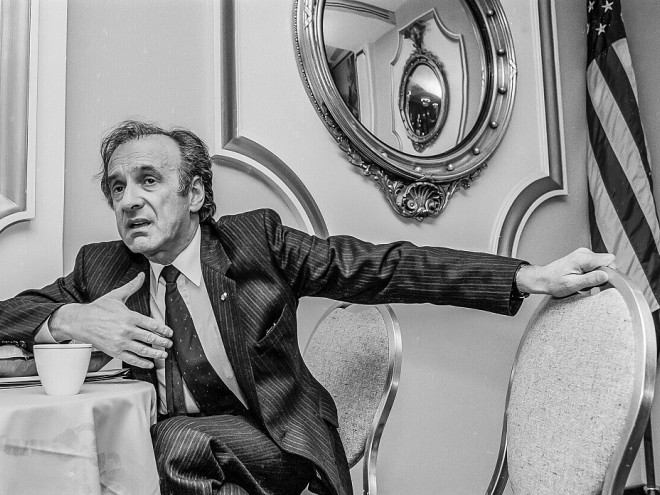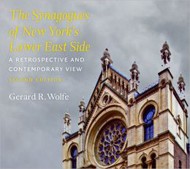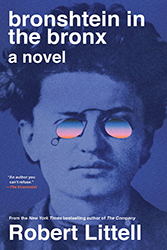If not the most important of the great cities of the world, New York is certainly the one which is perhaps the most representative of America, having given rise to a host of familiar metaphors: “the city that never sleeps”; “streets that are paved with gold”; “capital of the world.” To millions around the globe, New York IS what America looks like. It is the image of what it means to be free, to be successful, to be creative and resourceful and imaginative, and yes, conspicuous and wasteful. Emma Lazarus’ words at the base of the Statue of Liberty welcomed multitudes to America’s shores. Their spiritual heirs continue to arrive in America seeking refuge and opportunity.
While the current presidential election campaign plays out against an important debate about immigration, New York serves as a model for a changing America. Immigrants are no longer limited to the east and west coasts; instead, the face of all America has become increasingly polychromatic. Mirroring New York, in the past thirty years America has become more linguistically and ethnically diverse. Joseph Berger’s book, therefore, is a particularly timely reflection of how New York and America have changed. Berger observes the new America in places like Block Island — ”Here were Peruvians playing Israeli music at an Italian restaurant in a bastion of Yankee traditionalism”— but his beat is uniquely New York.
Berger, a long-time reporter at The New York Times, describes twenty-three distinct New York City neighborhoods. He is a good enough reporter to slip beneath each community’s carapace, thanks to a series of cicerones who help him to understand the uniqueness of life within the area. The World in a City: Traveling the Globe Through the Neighborhoods of the New New York takes us from Astoria to Red Hook, from the Grand Concourse to Chinatown, from Brighton Beach to East Harlem. At each stop we meet the human face of change. We learn that there may be a price exacted even when a neighborhood becomes more affluent, as when Berger writes that Claudio Caponigro, “who might have once worried about losing his (barber)shop to the waves of surrounding poverty should (now) probably be worried about losing his shop to developers.” He shares insights with the reader, as when he describes the painful loss of tradition: “…assimilation can be a Trojan horse, a gift full of dangers…Many of the neighborhood’s Egyptians and other younger Middle Easterners are marrying non-Middle Easterners.” And he describes how technology is changing the immigrant experience thanks to video conferencing, which connects them to the Old Country in ways that would be unimaginable to earlier arrivals.
Berger completes his cultural guide with a listing of “what to see” and “where to go” for each neighborhood. The reader will enjoy joining the debate about what else should have been included in this section since those who love New York City always have favorite restaurants and haunts. It is in this spirit, with enthusiasm for New York’s diversity and vitality, that Berger’s book will enthrall all who will imagine themselves as a part of this unique metropolis.





